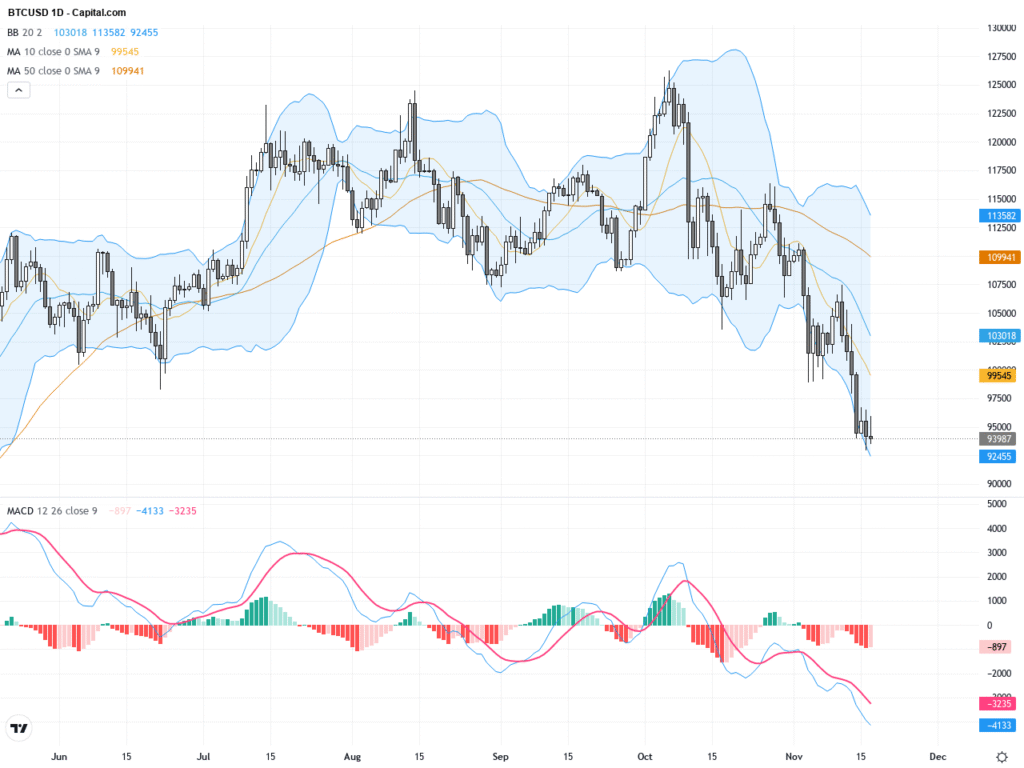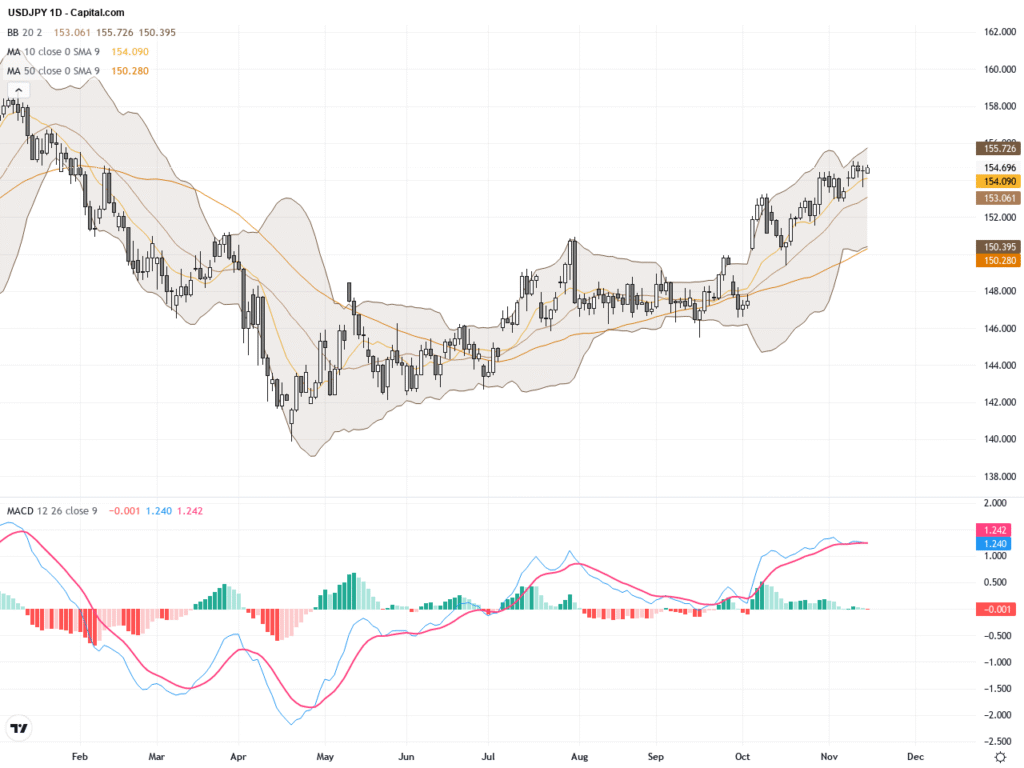 |
| Gold V.1.3.1 signal Telegram Channel (English) |

Gold vs. Bitcoin in 2025: Which Is the Ultimate Hedge for Your Portfolio?
2025-09-17 @ 20:00
Gold vs. Bitcoin: Which Is the Better Hedge in 2025?
As we move deeper into 2025, investors are facing one of the most challenging financial landscapes in recent memory. High inflation rates, currency devaluation, and increasing geopolitical risks have fueled a renewed interest in alternative assets. At the center of this conversation are two standout candidates for protecting and building wealth: gold and Bitcoin. But which is the better hedge in today’s environment? The answer is not as straightforward as it may appear.
The Case for Gold: Timeless Stability
Gold has maintained its reputation for centuries as the ultimate safe-haven asset. Its value isn’t just symbolic; it is underpinned by its tangible nature, limited supply, and historical performance during times of crisis. Whether through economic recessions or geopolitical upheavals, gold typically retains or increases its value when traditional assets decline. In 2024 alone, gold surged nearly 30% and reached new highs above $2,600 per ounce—a testament to its continued relevance.
For investors seeking stability, gold has some clear advantages:
- Lower Volatility: Compared to Bitcoin, gold offers much less dramatic price swings, making it attractive for those who prioritize capital preservation.
- Universally Recognized: Gold is accepted and traded globally, and central banks hold significant reserves, solidifying its place in the financial system.
- Effective Hedge Against Inflation: Historical data shows that gold consistently outperforms during periods of rising inflation and currency uncertainty.
- Political and Regulatory Stability: Gold is not subject to the same regulatory crackdown risks as cryptocurrencies; its market is mature and globally regulated.
However, gold is not without drawbacks. Its returns are typically more moderate than speculative assets, and it does not yield income. Liquidity can also be a concern, especially in physical form, although gold ETFs offer a solution to this.
Bitcoin: The Digital Challenger
Bitcoin, on the other hand, represents a paradigm shift—a digital, decentralized asset whose adoption has accelerated dramatically in recent years. The introduction of spot Bitcoin ETFs in the U.S. in 2024 marked a turning point, bringing an unprecedented $52 billion in institutional inflows and adding legitimacy to Bitcoin’s role in mainstream finance.
Key arguments in favor of Bitcoin include:
- Potential for High Returns: Over the past decade, Bitcoin’s performance has far outpaced every traditional asset class. Even accounting for extreme volatility, its long-term growth has created substantial wealth for early adopters.
- Decentralization and Limited Supply: Bitcoin’s 21 million cap is hardwired into its code. Unlike fiat currencies, it cannot be debased by central banks, and its decentralized nature reduces reliance on any single government or institution.
- Increased Institutional Adoption: Pension funds, corporations, and even governments now hold Bitcoin. Its acceptance within the traditional financial system, especially post-ETFs, provides a level of security and transparency previously lacking in the crypto space.
- Programmable and Borderless: As purely digital money, Bitcoin allows for fast, low-cost transfers anywhere in the world—unique advantages not matched by gold.
Despite these advantages, Bitcoin’s path as a hedge is not entirely proven. It behaves more like a high-growth tech stock than a traditional safe haven in the face of market shocks. Rapid price corrections are common, and regulatory actions (such as bans or restrictions in some jurisdictions) can blunt its momentum. As a relatively new asset, Bitcoin’s ability to function reliably during severe financial crises is still being tested.
A Portfolio Approach: Why Not Both?
Given the unique strengths and weaknesses of both assets, many seasoned investors advocate for diversification rather than picking a single winner. In today’s climate, typical strategies might involve allocating around 5–10% of a portfolio to Bitcoin (using ETFs or other regulated products) to capitalize on its growth potential, and 10–15% to gold (via ETFs or physical bullion) to secure stability during economic upheaval.
This balanced approach leverages gold’s proven track record while capturing the innovative upside of Bitcoin. Gold provides reliable downside protection and inflation hedging, while Bitcoin adds the possibility of outsized returns and exposure to a rapidly digitizing economy.
Which One Is “Best”? It Depends.
For those with a conservative outlook and a low tolerance for volatility, gold remains the cornerstone of portfolio defense—a stalwart in times of trouble. For growth-oriented investors willing to stomach sharp swings, Bitcoin presents a chance to ride a new wave of financial innovation.
Ultimately, the debate between gold and Bitcoin is no longer about picking a single champion. The prudent investor in 2025 sees value in both: gold for its history and dependability; Bitcoin for its dynamism and future potential. Together, they offer a diversified hedge against the uncertainties defining this era, helping to build portfolios that can weather storms and seize new opportunities alike.








